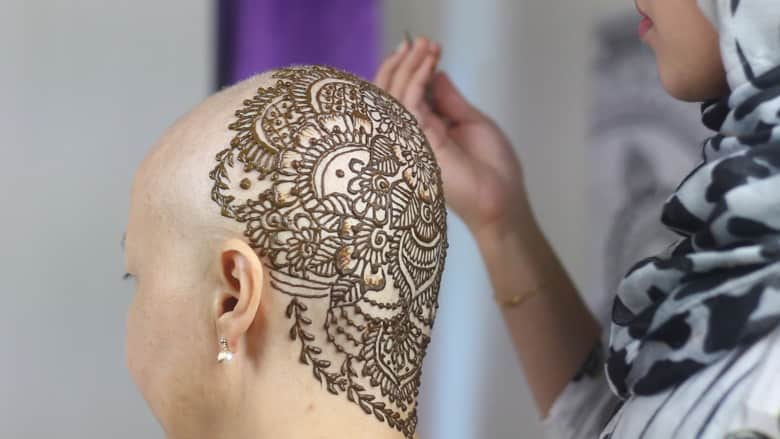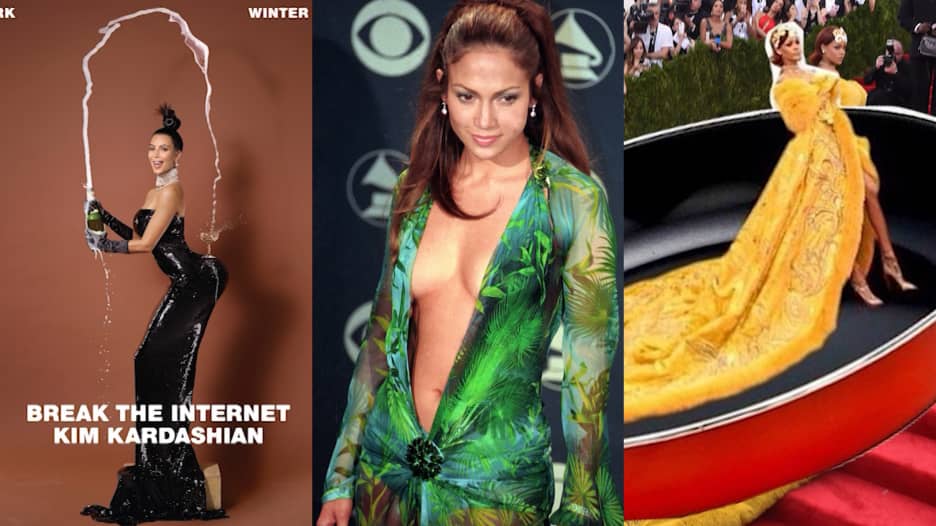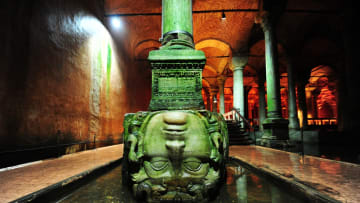دبي، الإمارات العربية المتحدة (CNN)-- من المعروف أن الفنانين في الثقافات الكلاسيكية مثل مصر، وبلاد ما بين النهرين، واليونان، وروما، رسموا باستخدام مجموعة متنوعة من الألوان. ولكن، عند التفكير بالآثار القديمة التي اكتُشفت على مر القرون، لماذا نرى أنها عديمة الألوان دائماً؟
وبدأت أسطورة الرخام الأبيض في عصر النهضة، أي عندما بدأنا في اكتشاف التماثيل القديمة.
وكانت غالبية تلك التماثيل قد فقدت ألوانها الأصلية بالفعل بعد قرون من كونها تحت رحمة العناصر الطبيعية.
وقلّد الفنانون المعاصرون مظهر تلك التماثيل، وتركوا منحوتاتهم بلا ألوان.
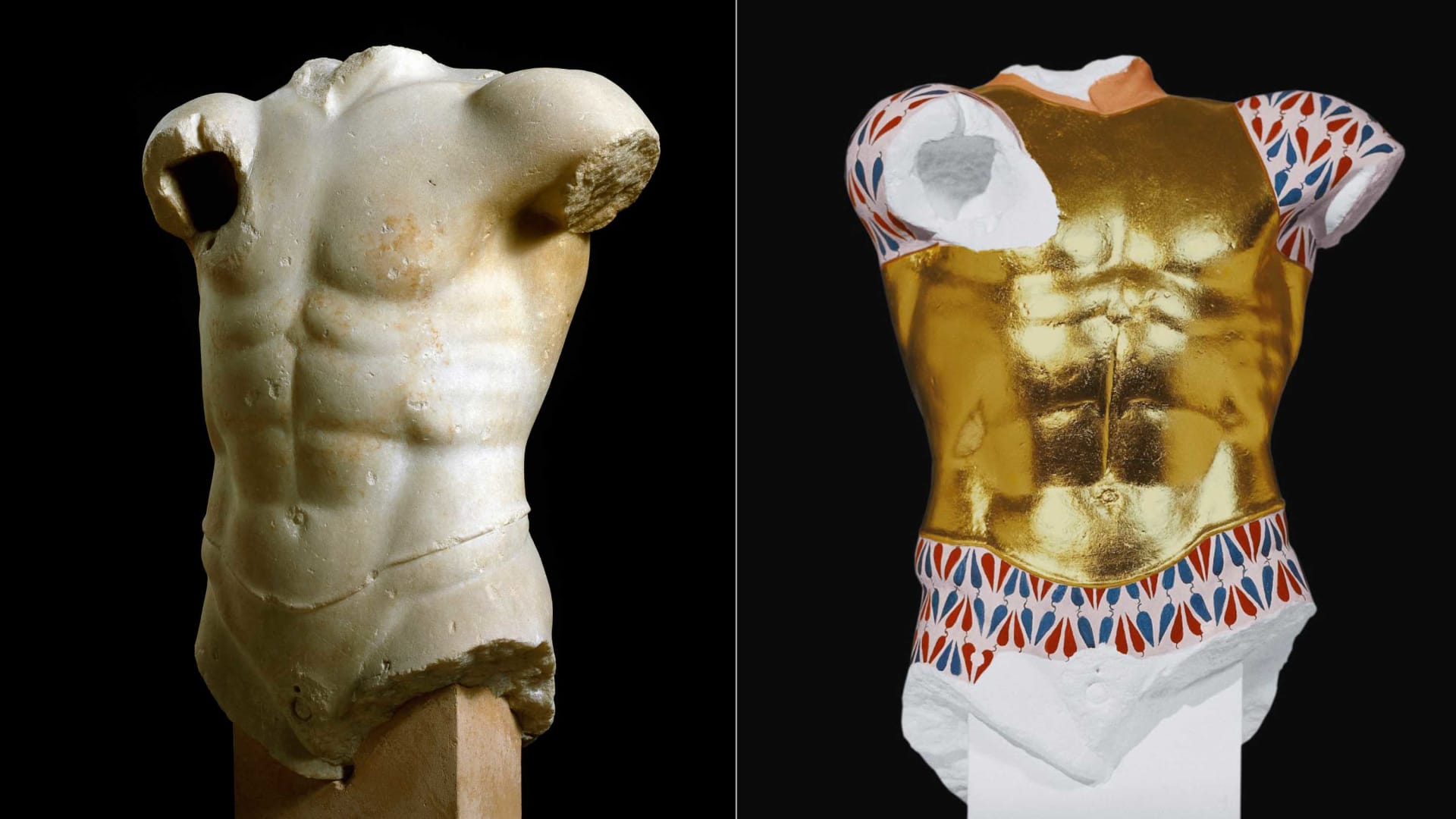
واستمرت هذه الصيحة حتّى القرن الثامن عشر، إذ سلطت أعمال التنقيب الضوء على المزيد من الأعمال الفنية.
وعندها، ألّف يوهان يواكيم، الذي يعتبره الكثيرون أب تاريخ الفن، كتاباً يتمحور حول الفن القديم، ما شكّل نظرتنا الحديثة عنه.
ورغم أنه كان على دراية بالأدلة التاريخية التي تشير إلى كون التماثيل ملونة في الماضي، إلا أنه ساهم في تقديس لونها الأبيض.
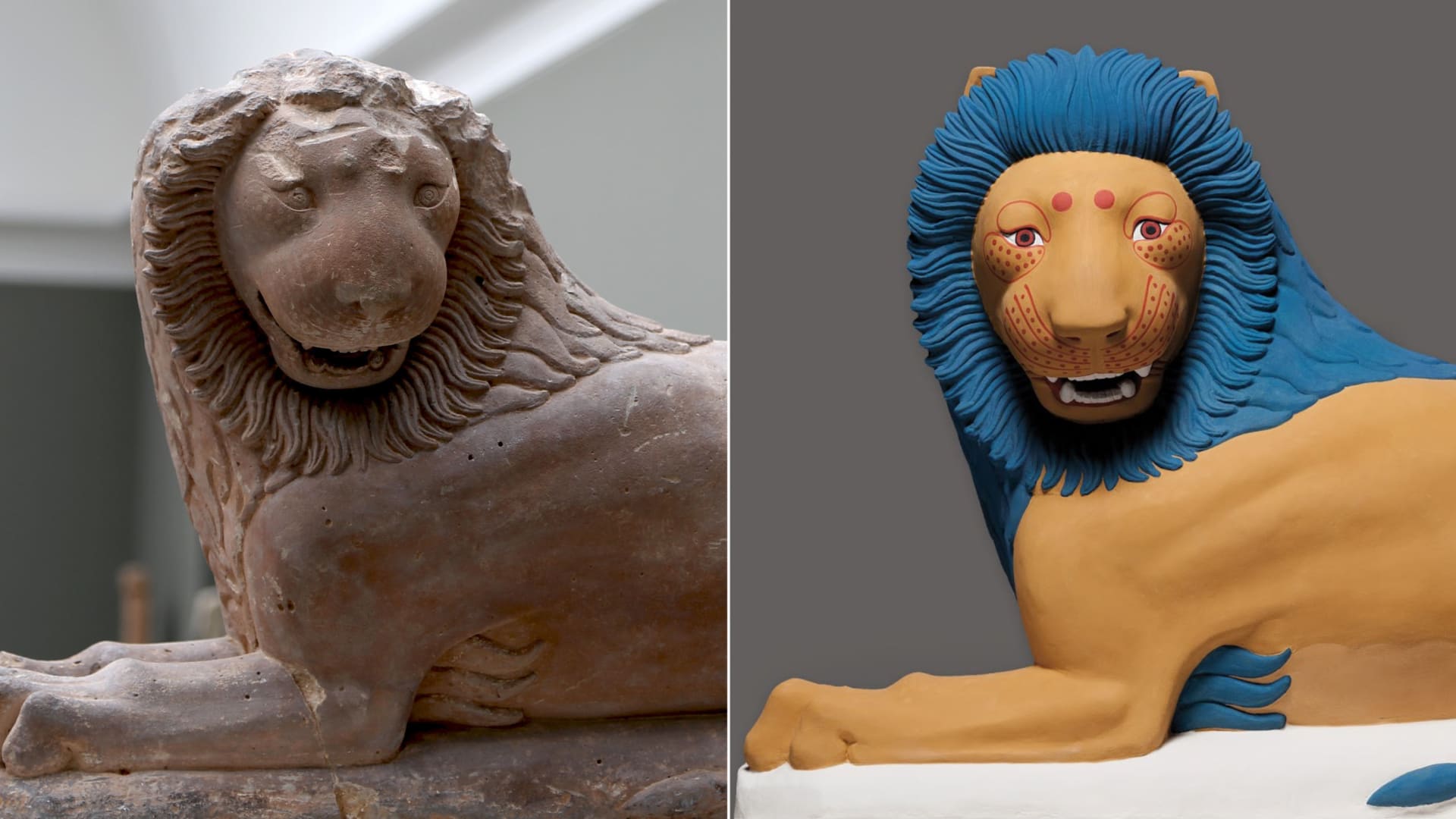
وفي كتابه، قال يواكيم: "كلما كان الجسم أكثر بياضاً، كلما كان أجمل أيضاً. واللون يساهم في الجمال، ولكنه ليس جمالاً. ويجب أن يتمتع اللون بدور ثانوي لدى النظر إلى الجمال".
وأكّد يواكيم أيضاً أن البنية هي التي تشكل جوهر الجمال، وليس اللون.
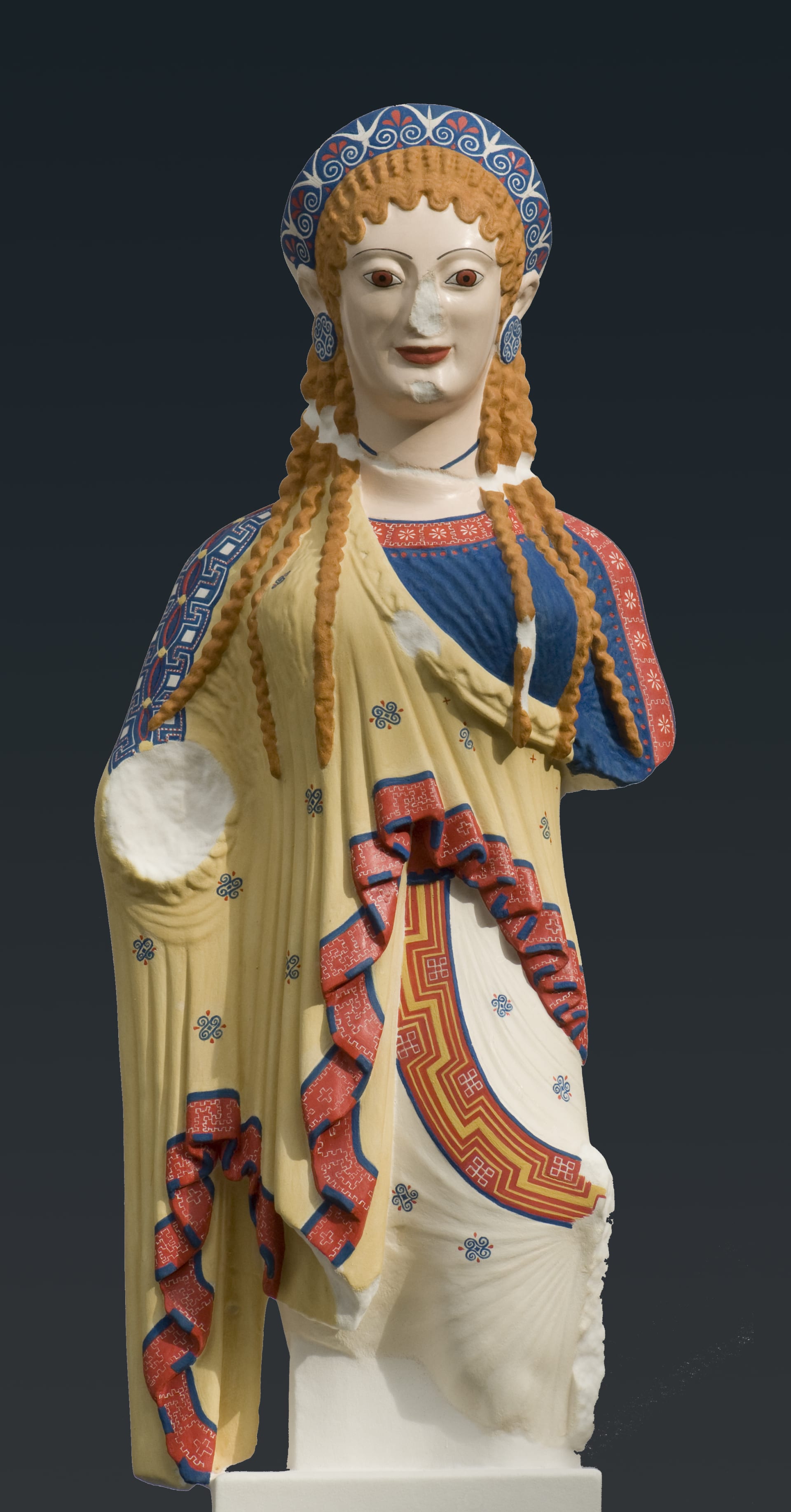
ولكن، على مدار أكثر من عقد من الزمن، قدم معرض "Gods in Color" (الآلهة بالألوان)، وهو معرض متنقل تم جمع نتائجه الرئيسية في كتاب، فرصة لرؤية هذه التماثيل كما رآها القدماء، وذلك عبر عرض نُسَخ دقيقة كاملة الألوان.
وفي مقابلة عبر الهاتف، قالت أمينة المعرض، رينيه دريفوس: "يُقدم هذا المعرض رسالة تقول إنه تم دهن المنحوتات في الكثير من الأحيان بألوان مبهرة وصارخة، وذلك عبر إعادة بناء ما بدت عليه استناداً إلى الألوان والأصباغ التي كانت متاحة في ذلك الوقت".
البحث عن "أشباح الطلاء"
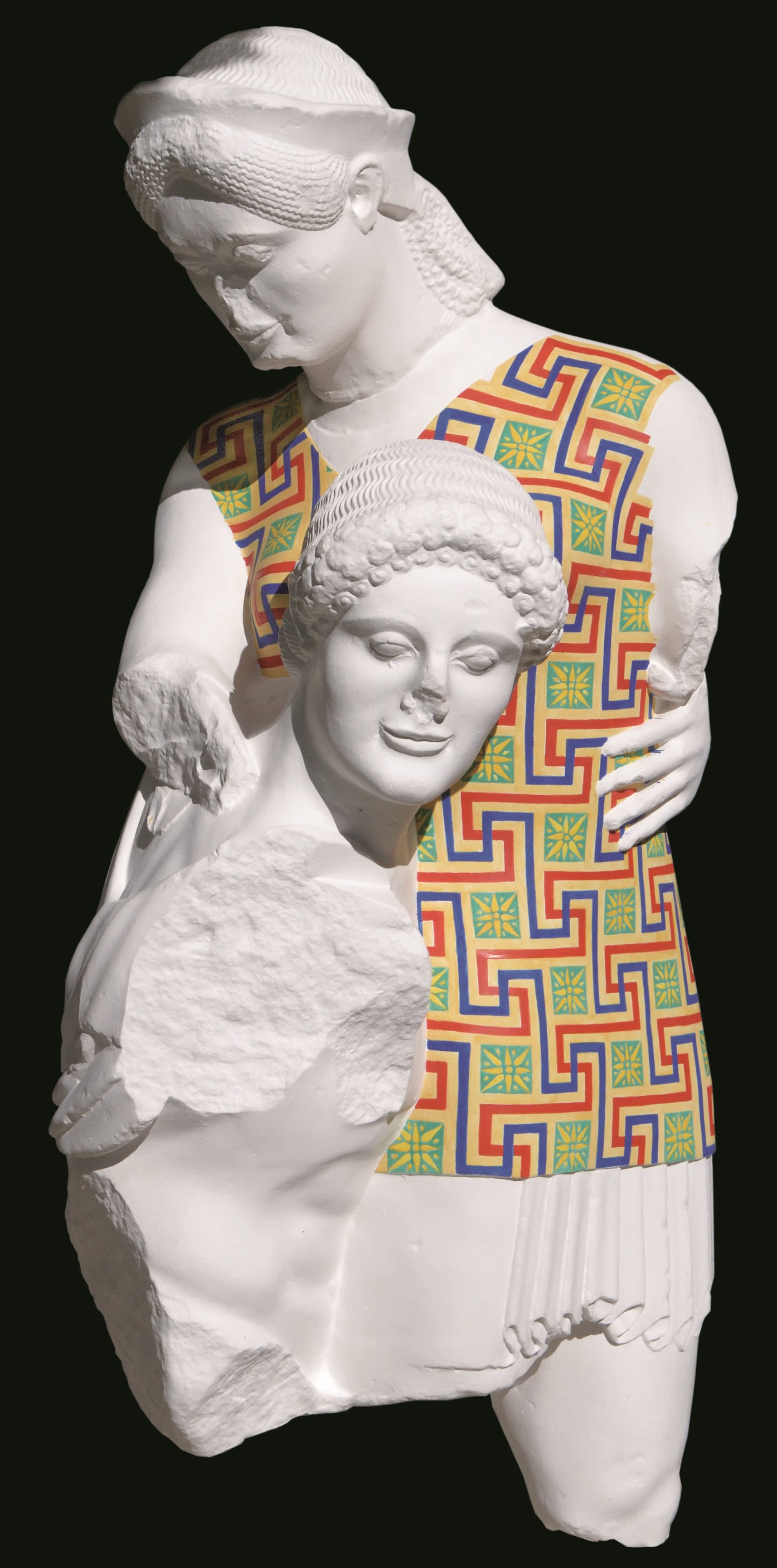
وكونت أبحاث فنزينز برينكمان، وهو أستاذ بجامعة "غوته" في ألمانيا، جزءاً من معرض "Gods in Color" الأصلي في متحف "Glyptothek" في ميونخ عام 2003.
ومن أجل صناعة النُسَخ الملونة، يبدأ برينكمان عبر النظر إلى سطح المنحوتات بالعين المجردة قبل توظيف العديد من الوسائل البصرية المُساعدة، مثل مصابيح الأشعة فوق البنفسجية.
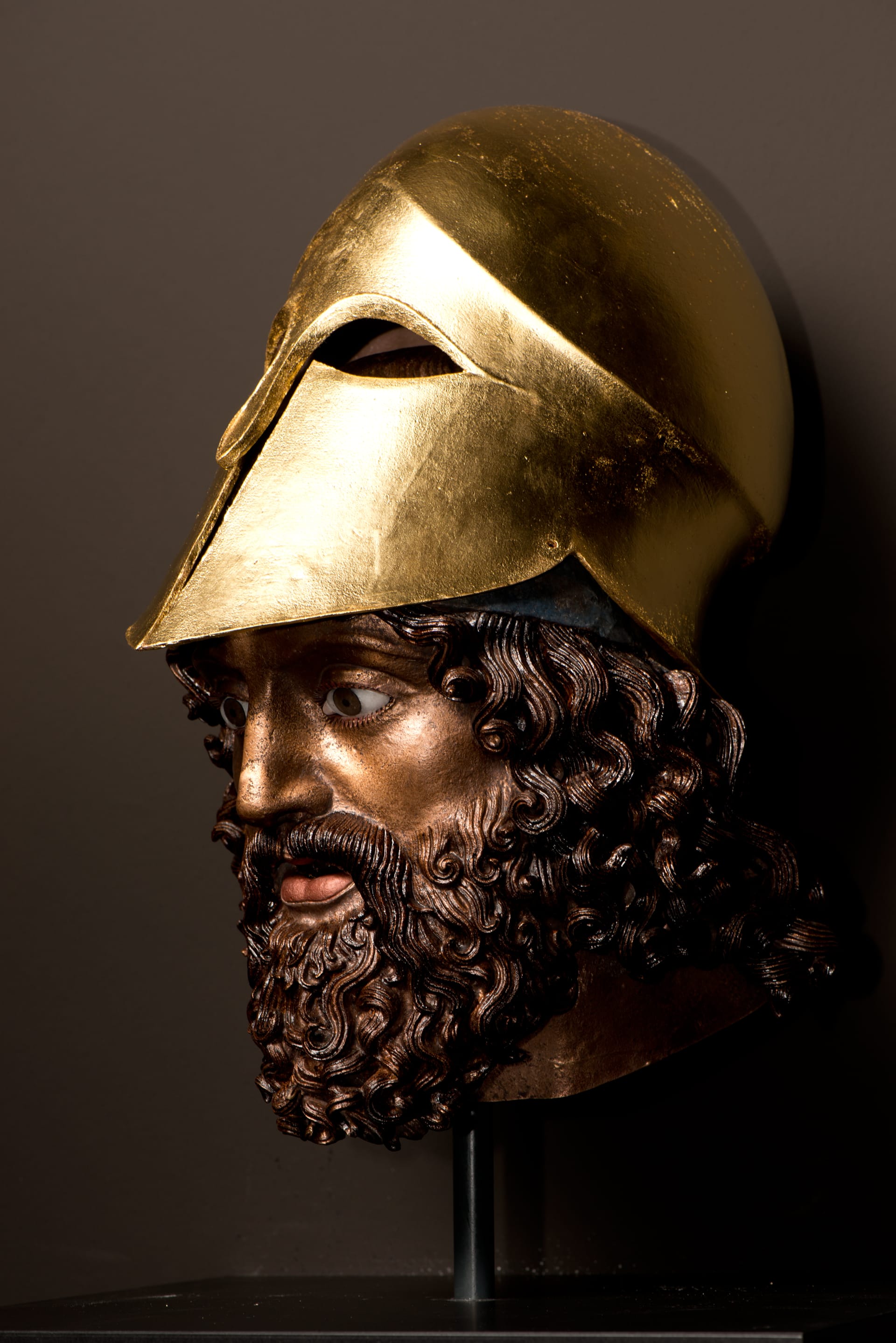
وقالت دريفوس: "يمكن أن يُظهر ذلك مجموعة متنوعة من الدهانات المختلفة الموجودة، أو التي اختفت، ولكنها تركت ورائها شبح طلاء".
ويُمكّن "شبح الطلاء" الباحثين في استنتاج أنماط الطلاء الموجودة على التمثال.
انطباعات فنيّة
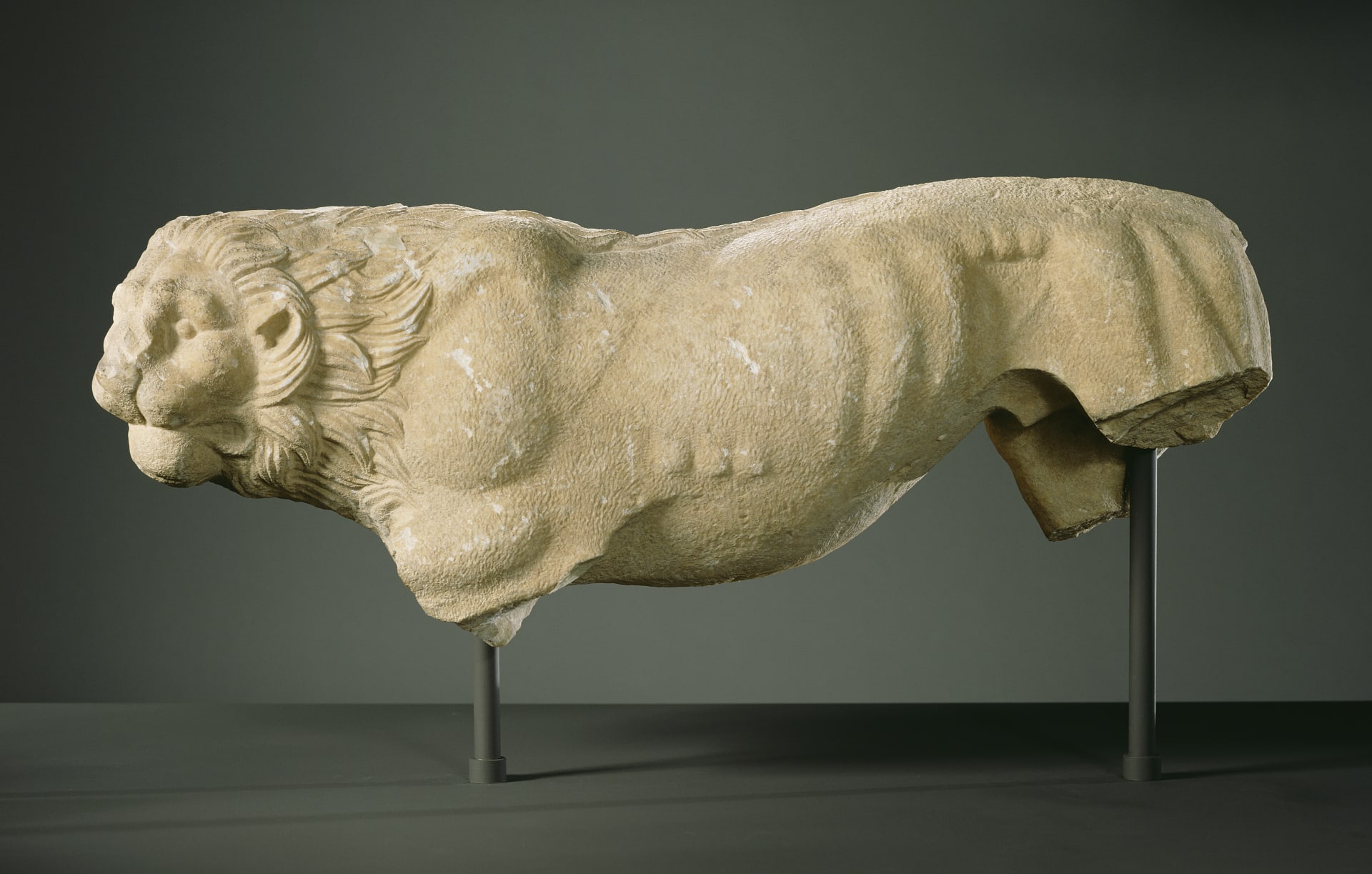
وكانت معظم الأصباغ القديمة مشتقة من المعادن، وكان بعضها ساماً.
ولتكوين الطلاء، خُلطت الأصباغ مع مواد لاصقة مصنوعة من مواد شائعة مثل البيض، وشمع النحل، والصمغ العربيّ.
وبعد ذلك، يوضع الطلاء مباشرةً على الأسطح الملساء مثل الرخام، أو بعد وضع طبقة أولية مصنوعة من الطباشر أو الجص لجعل المواد غير المستوية ملساء.

ومن خلال هندسة هذه الخطوات بشكل عكسي، طوّر برينكمان تقنية لإعادة الألوان إلى ما كانت عليه بمستوى جيّد من الثقة.
وفي المعرض، وُضعت العديد من النُسَخ بجانب القطع الأصلية، ما أدى إلى ظهور تناقض كبير بين اللون الأبيض والألوان الزاهية.
وأكّدت ديفوس: "ليس لدى معظم الأشخاص أي فكرة عن كون النُسَخ الأصلية ملونة، وشعروا بالدهشة من النُسَخ".
